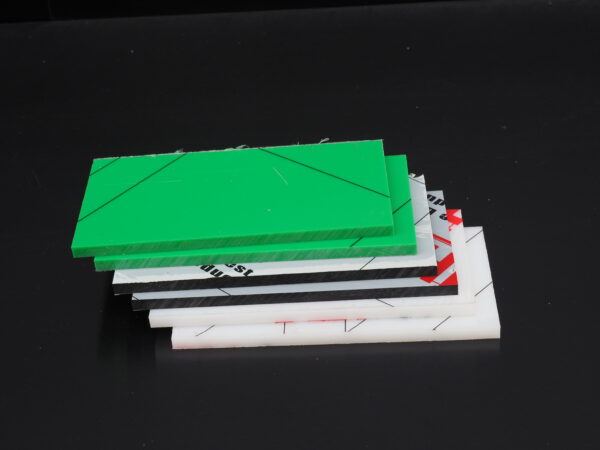
Is POM the Same as Delrin?
November 20, 2024
What is the Difference Between HDPE and UPE?
November 21, 2024Polyethylene (PE) plastic is one of the most widely used types of plastic worldwide, commonly found in items such as plastic bags, bottles, toys, and containers. It is known for its durability and versatility, but concerns have been raised about its environmental and health impact.
Environmental Impact of PE Plastic
While PE plastic is relatively safe in terms of human exposure, its environmental impact is significant. Since it is non-biodegradable, PE plastic takes hundreds of years to break down in the environment. It accumulates in landfills and oceans, posing a threat to wildlife. Marine creatures can mistake plastic for food, leading to ingestion that harms their digestive systems and can result in death. Recycling rates for PE plastic are low, which exacerbates its environmental footprint.

Health Risks Associated with PE Plastic
From a health perspective, PE plastic is generally considered safe for direct contact with food and beverages. It is recognized as non-toxic and does not leach harmful chemicals under normal conditions. However, concerns arise when PE plastic is exposed to extreme heat, such as during microwaving or in contact with hot liquids. Under such conditions, small amounts of harmful substances, such as plasticizers, may be released.
Alternatives to PE Plastic
Given the environmental concerns, many are advocating for alternatives to PE plastic. Biodegradable plastics, plant-based polymers, and reusable materials like glass and metal are gaining popularity. Shifting to more sustainable alternatives can help reduce the negative impact of PE plastic on the planet.
Conclusion
While PE plastic is not inherently harmful to humans in everyday use, its environmental consequences and potential health risks in extreme conditions warrant careful consideration and responsible use.






